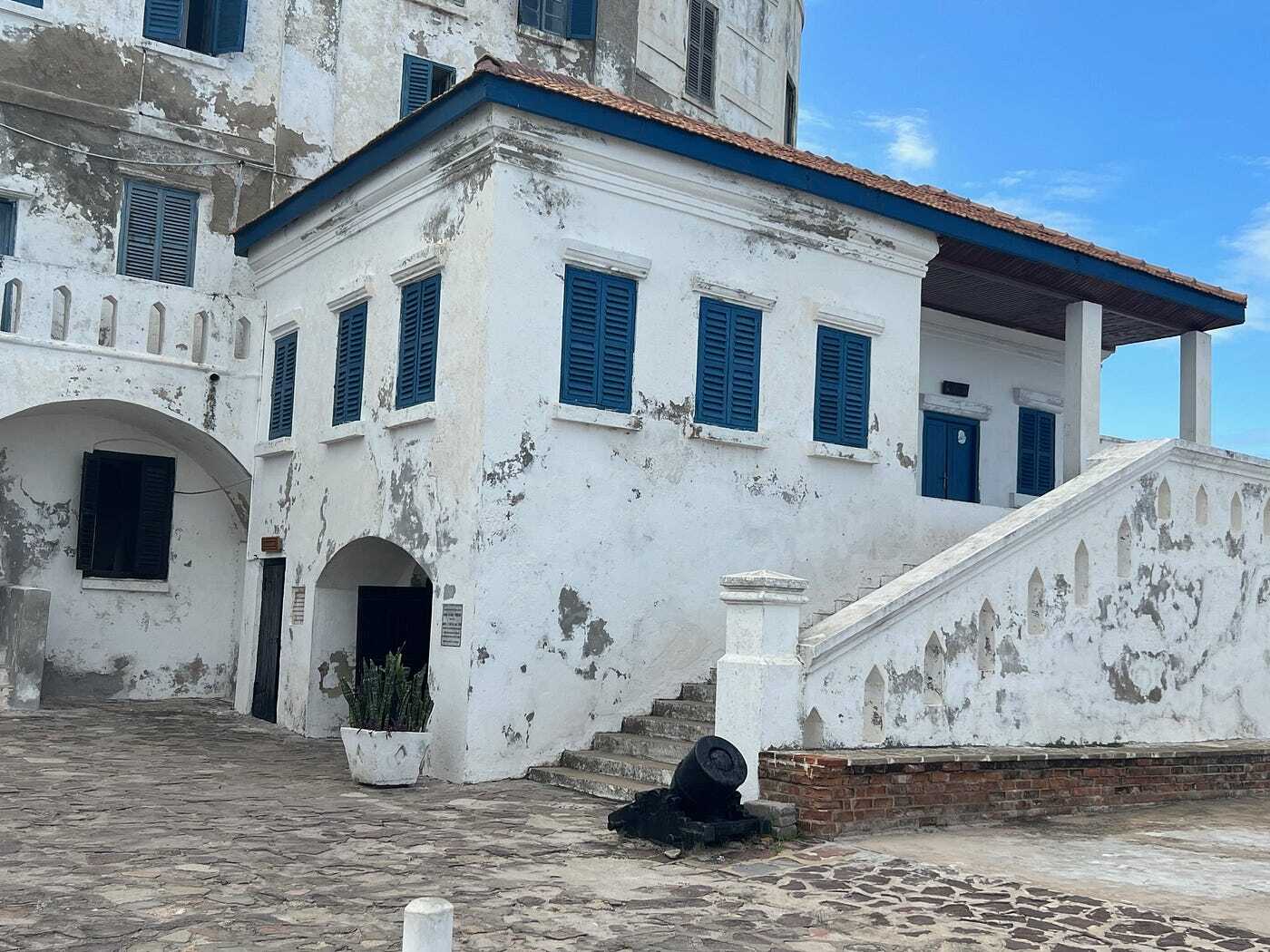The Hidden Horrors Of Ghana’s Cape Coast Slave Castles

Have you ever wondered about the dark history behind Ghana’s Cape Coast? The Cape Coast Slave Castles hold chilling stories of the transatlantic slave trade. These castles, built by European traders, served as holding sites for enslaved Africans before their forced journey to the Americas. Walking through the dungeons, you can almost feel the despair and hear the echoes of those who suffered. The Cape Coast Castle and Elmina Castle are stark reminders of a painful past. Visiting these sites offers a chance to reflect on history and honor the resilience of those who endured unimaginable hardships.
The Dark History of Cape Coast Castle
Cape Coast Castle, located in Ghana, stands as a grim reminder of the transatlantic slave trade. This fortress, once a bustling hub for trading enslaved Africans, now serves as a historical site where visitors can learn about the atrocities committed within its walls. Here are some of the most haunting places inside Cape Coast Castle.
- The Male Slave Dungeon
The male slave dungeon is a dark, cramped space where hundreds of men were held captive. With little ventilation and no sanitation, the conditions were horrific. Many perished before even leaving the castle.
- The Female Slave Dungeon
Similar to the male dungeon, the female slave dungeon held women in equally appalling conditions. Women faced additional horrors, including sexual abuse by the soldiers and traders.
- The Door of No Return
This infamous door marks the final exit point for enslaved Africans before being loaded onto ships bound for the Americas. Stepping through this door meant leaving behind everything familiar, with little hope of ever returning.
The Role of Elmina Castle
Elmina Castle, another significant site in Ghana, played a crucial role in the slave trade. Built by the Portuguese in 1482, it became one of the first European slave-trading posts in sub-Saharan Africa. Here are some of the key areas within Elmina Castle.
- The Governor's Quarters
The governor's quarters, located at the top of the castle, offered a stark contrast to the dungeons below. Lavishly furnished, these rooms were where the governor lived and conducted business, often overlooking the suffering of those imprisoned below.
- The Condemned Cell
This tiny, airless cell was reserved for those who resisted or tried to escape. Prisoners placed here faced certain death, either from starvation or suffocation.
- The Chapel
Ironically, a chapel was built within the castle, where European traders would pray. The juxtaposition of worship and the inhumane treatment of enslaved Africans highlights the moral contradictions of the time.
The Impact on Modern Ghana
The legacy of these castles extends beyond their walls, affecting modern Ghanaian society. Understanding these sites helps in comprehending the broader impact of the slave trade on the region.
- The Memorial Wall
Located near Cape Coast Castle, the memorial wall honors those who suffered and perished during the slave trade. It serves as a place for reflection and remembrance.
- The Museum
Both Cape Coast and Elmina Castles house museums that provide educational exhibits about the slave trade. These museums play a vital role in preserving history and educating future generations.
- The Annual Emancipation Day
Ghana commemorates Emancipation Day every year, celebrating the end of slavery and honoring the resilience of those who endured it. Events include ceremonies, reenactments, and educational programs.
The Emotional Toll on Visitors
Visiting these castles can be an emotional experience, as the weight of history is palpable. Many visitors find themselves deeply moved by the stories and the physical remnants of the past.
- The Guided Tours
Guided tours offer detailed accounts of the history and significance of each area within the castles. Knowledgeable guides help visitors understand the full scope of the atrocities committed.
- The Personal Stories
Hearing personal stories of those who were enslaved adds a human element to the historical facts. These narratives bring the past to life, making the experience more poignant.
- The Reflection Areas
Designated areas within the castles allow visitors to sit and reflect on what they have seen and learned. These spaces provide a moment of quiet contemplation amidst the heavy history.
Reflecting on Cape Coast Slave Castles
Cape Coast Slave Castles in Ghana hold deep historical significance. These structures remind us of the brutal realities of the transatlantic slave trade. Walking through the dark dungeons and narrow passageways, one can almost feel the pain and suffering endured by countless individuals.
These castles are not just historical sites; they are powerful symbols of resilience and the human spirit. Visiting them offers a chance to learn, reflect, and honor those who suffered. It’s a sobering experience that leaves a lasting impact, urging us to remember the past and strive for a better future.
If you ever find yourself in Ghana, take the time to visit Cape Coast Slave Castles. The lessons learned and the emotions felt will stay with you long after you leave.

